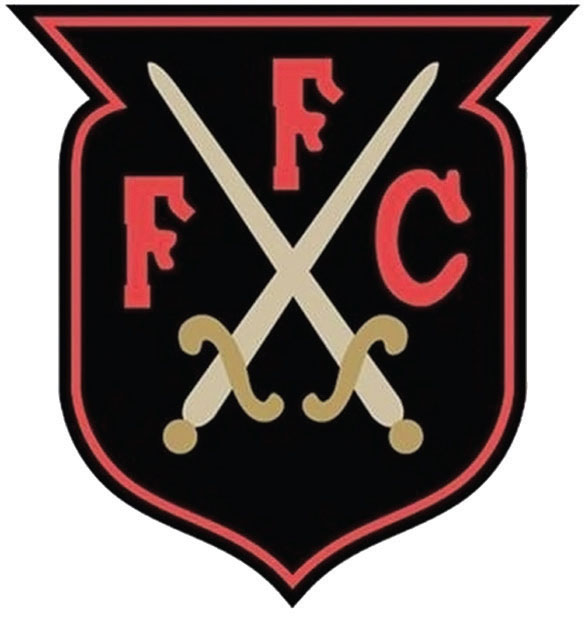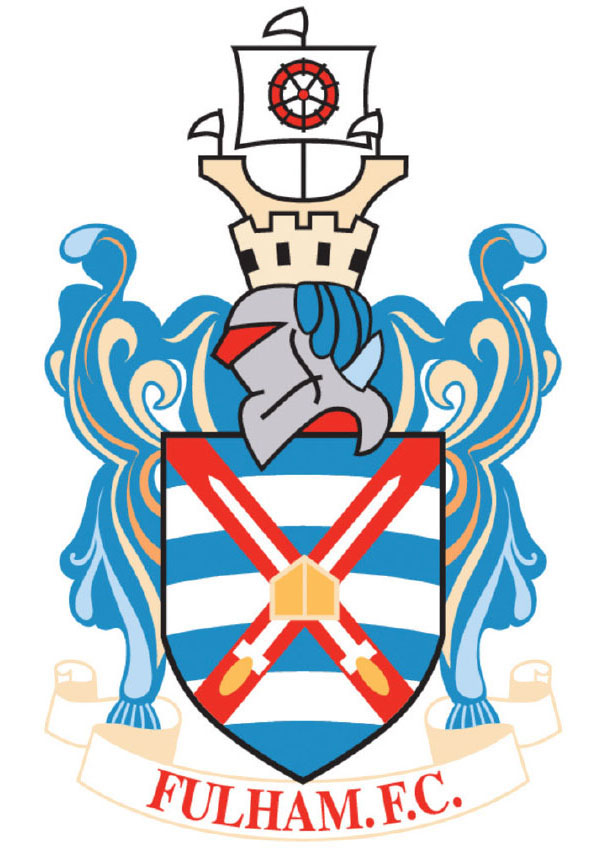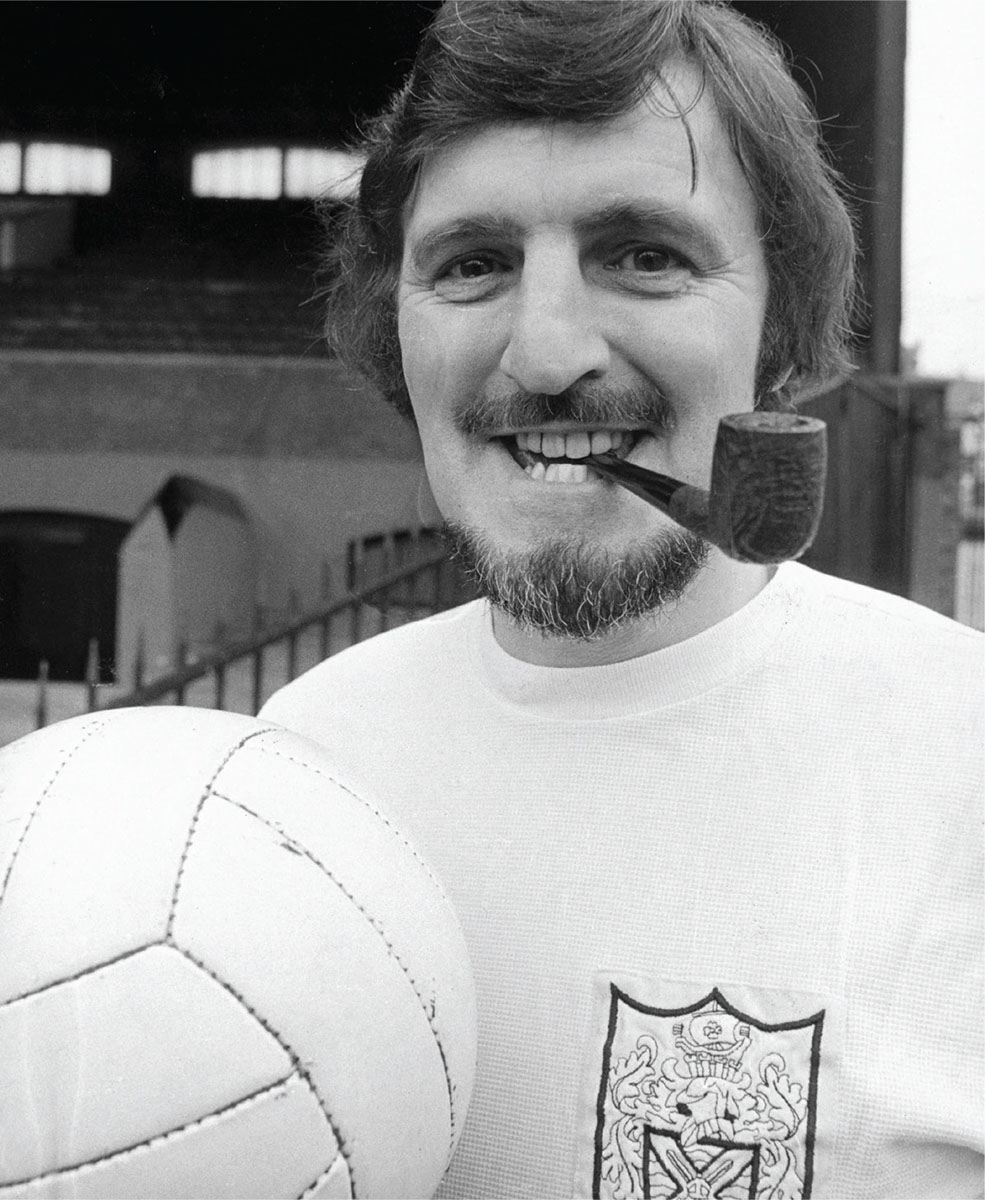
FULHAM
TTHE FAMOUS HUNTING LODGE OF CRAVEN COTTAGE
Founded in 1879 as Fulham St. Andrew’s, a church youth club, they were renamed Fulham FC within 10 years and in 1896 moved to their current home, Craven Cottage. Having spent most of their time in the lower divisions, they established themselves in the First Division in the 1960s with a side that included England internationals such as Johnny Haynes and World Cup winner George Cohen.
During the next two decades, Fulham slipped further down the league, reaching almost rock bottom in 1996 at the foot of the Fourth Division. The club was bought by Harrods’ owner Mohammed Al-Fayed in the summer of 1997, and their journey to the Premier League began. Fulham were then languishing in the lower echelons of English football, having just secured promotion to the third tier. It was unthinkable even to mention the Premier League – unthinkable for everyone apart from Al-Fayed. When he took over the club, he vowed that he would take Fulham to the highest division within five years – a promise that he kept.
2001 saw Fulham’s debut in the Premier League with such interesting players as Dutch goalkeeper Edwin van der Sar in the squad. The team ended up 13th in the League, and after another couple of seasons were firmly established in the top flight of English football. Their greatest achievement was coming seventh in the League in 2009 under the guidance of Roy Hodgson. The following year came that historic Europa League final where Fulham narrowly lost 2-1 to Atlético Madrid.
The club is famous for the cottage adjoining its riverside ground, and this was depicted on club’s crest of the 1930s. In later years, the crest has drawn heavily from local heraldry, but since 2001 it is a typographic shield that has adorned the team’s famous white shirts.
CLUB: Fulham FC
NICKNAMES: The Cottagers, The Whites and The Lilywhites
FOUNDED: 1879
STADIUM: Craven Cottage, London (25,700 capacity)
HISTORIC PLAYERS: Johnny Haynes, Bobby Robson, Edwin van der Sar, Danny Murphy and Clint Dempsey

1898. Even though Fulham was founded in 1879, under the name of St. Andrews Cricket & Football Club, the club had to wait 19 years for this crest to show. It was inspired by the See of London which the crossed swords represent.

1931–1939. Even if Fulham’s first emblem was inspired by London’s crest this version is perhaps the real classic in the club’s history. In Fulham’s stadium, Craven Cottage, there really is a cottage of that name, a symbol that has become synonymous with the club and which was represented in their crest during the 1930s. The original Craven Cottage was built in 1780 on land that was said to have been Anne Boleyn’s hunting ground.

1972–1977. After almost thirty years with the coat of arms of the London Borough of Fulham as a crest this monogram was introduced in the beginning of the 1970’s. It lasted for five years and was the historical inspiration to the crest of today. It was later replaced by a simplified version of the Hammersmith & Fulham coat of arms.

1995–2001. After the end of the Second World War a crest was introduced which was almost identical to that of Hammersmith, the area where Fulham is situated. This emblem was modified over the years and in 1995 this version was unveiled. The sword, shield and helmet are taken from the Hammersmith crest, while the blue and white stripes stand for the Thames which flows past Craven Cottage.

2001–present. In conjunction with Fulham’s debut in the Premier League at the start of the new millennium this crest was introduced. The initials suggest the emblem that the club used in the 1970s. The press release from the club announced, ‘The emblem emphasises our origins.’

Few have a greater association with Fulham than Jimmy Hill. He joined the club in 1953 as a player and was later chairman. Shown here in 1973, the club crest at this time draws inspiration from the heraldry of the local area.